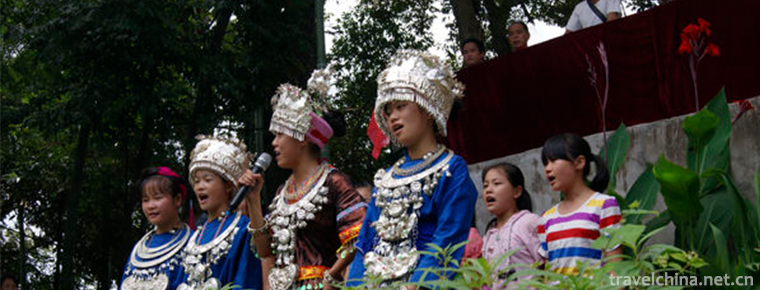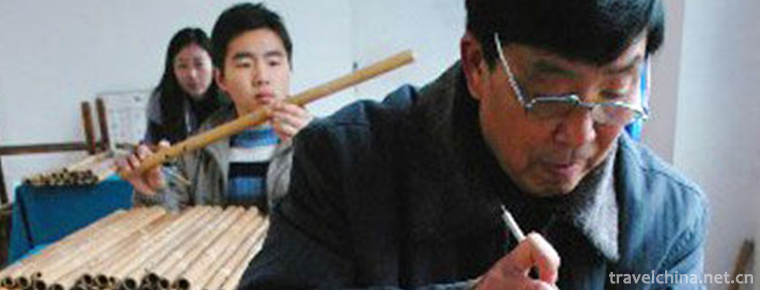2019-05-01

- By ChinaWiki.net
- Chinese Edition
- 2020-12-14
Panzhihua after liberation
After liberation, Miyi County was established in some areas of Huili and Dechang in 1951, and renamed as Miyi County the next year, which was subordinate to Xichang District of Xikang province (due to its unique climate, rich products, especially rich in rice, and three crops a year, "Miyi" finally evolved into the current "Miyi"). In 1955, Xikang province was abolished, and Huili, Miyi and Yanbian counties were attached to Sichuan Province with Xichang Prefecture. The city is located in the western part of the Yangtze River. It belongs to Huaping County, Lijiang District, Yunnan Province, and Yongren County, Chuxiong District, south of the Yangtze River. In 1958, Yongsheng County and Huaping County were Yonghua County, Yongren County was incorporated into Dayao County, and the two cities were also changed. In 1961, the system of Huaping County and Yongren County was restored, and the western part of the city was under Huaping, and the south of the Yangtze River was still under Yongren. This kind of subordination relationship continued until Panzhihua was established.
On January 7, 1965, the Southwest Bureau of the Communist Party of China submitted to the CPC Central Committee and the State Council the request for instructions on the establishment of the government of Dukou Industrial Zone, suggesting that a people's Government of the industrial zone be established under the unified leadership of the Party committee of the Dukou Industrial zone.
On February 5, 1965, the Central Committee of the Communist Party of China and the State Council issued the "reply on the establishment of the people's Committee of Panzhihua special zone", that is to say, the people's Committee of Panzhihua special zone was established to integrate government and enterprise. On March 20, the people's Committee of Panzhihua special zone was officially established. On April 22, the State Council approved the request of the people's Committee of Sichuan Province, and agreed to change the name of Panzhihua special zone to Dukou City, with a total area of 1411.96 square kilometers, spanning both sides of the Jinsha River.
When the city was established in 1965, 18 communes of Renhe District, 9 communes of Datian District, 7 communes of Daxing District of Huaping County, 3 communes of Sanyang District, 2 communes of Tongde district and Wuben District of Yanbian County of Xichang District of Sichuan Province, Xinmin and Anning communes of Hongge District of Huili County were included in the city. The above 43 communes were determined by the people's Committee of Dukou city The commune consists of four districts: Dahe, Datian, Jinjiang and Yuquan.
In February 1973, with the approval of the provincial Party committee, it was decided to abolish the establishment of four districts, namely, Datian, Dahe, Yuquan and Jinjiang, and set up the eastern, Western and suburban districts. Bingcaogang under the jurisdiction of the eastern district is the political, economic and cultural center of the city. The municipal Party committee and municipal government are located here.
In October 1974, the State Council approved that the Pingdi commune (excluding the three production teams of luoshuijian, Matang and xiaoshiqiao) and Dalongtan commune in Yongren County of Yunnan Province were under the jurisdiction of the suburbs of Dukou city.
In July 1978, the provincial Reform Commission approved that the Hongge, Xinjiu and Mengxin communes in Hongge District of Lixian County and the four production brigades of AI commune should be under the jurisdiction of the suburbs of Dukou city. In October of the same year, with the approval of the State Council, Miyi County and Yanbian County, formerly belonging to Xichang special area, were put under the jurisdiction of Dukou city.
On August 7, 1981, the suburb was renamed Renhe district.
On January 23, 1987, in order to meet the needs of opening to the outside world, with the approval of the State Council, Dukou city was renamed Panzhihua City.
Ask a Question
Your email address will not be published.



0 Questions